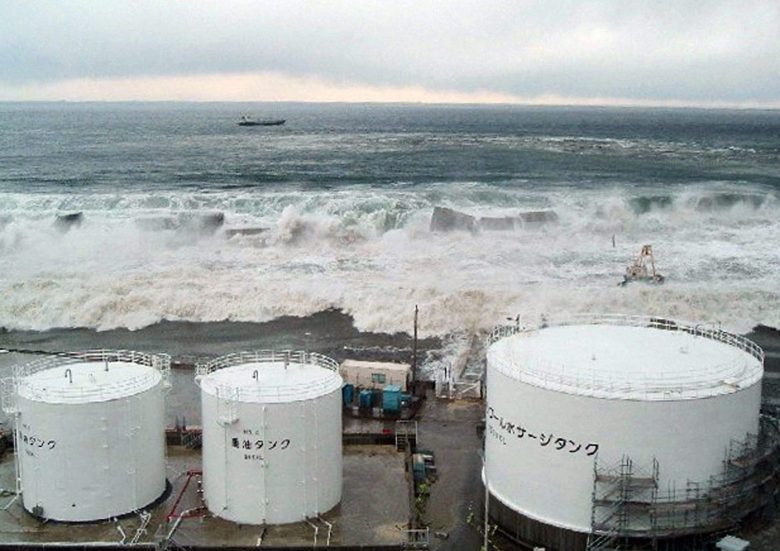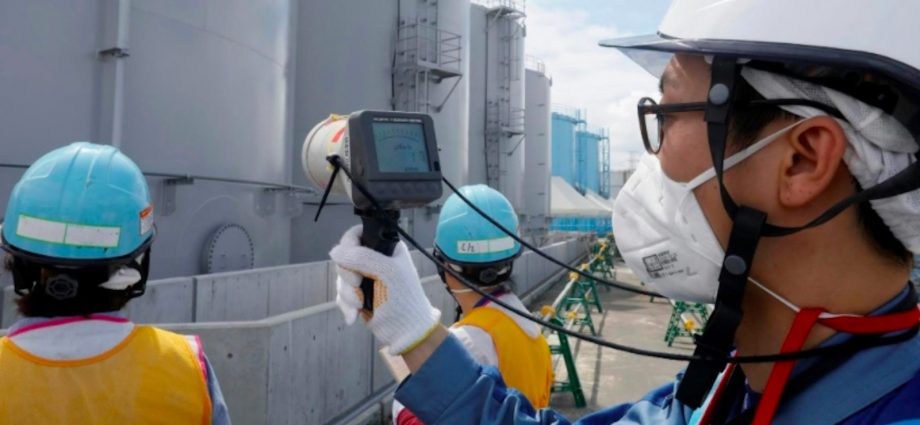TOKYO – Japanese Prime Minister Kishida has expressed support for investigations that will probably lead to the first construction of new nuclear power plants in Japan in over a decade.
The obvious goal is to reduce reliance on imported fossil fuels and exposure to the wild vacillations of oil and gas prices. But also behind the move is the need to reactivate nuclear power plant construction before the manufacturing expertise that makes it possible is lost.
If the decision is ultimately taken, it would mark a fundamental shift in the policy to reduce Japan’s dependence on nuclear power that has prevailed since the Fukushima disaster in 2011.
Speaking to the Ministry of Economy, Trade and Industry’s (METI) Green Transformation Project on August 24, Kishida said Japan should restart more of the nuclear power plants shut down after Fukushima, extend their operating lifetimes and make a political decision regarding the development and construction of new next-generation nuclear power plants.
Kishida told the Green Transformation Project’s executive council to present a report on its conclusions by year-end, of which METI is expected to fill in the details. The policy change appears to be coming just in time to avoid the loss of Japan’s technical expertise in generating nuclear power.
In July, the president of the Japan Atomic Industrial Forum (JAIF), Shiro Arai, met with media representatives to talk about the organization’s “proposal on maintaining and strengthening [nuclear power] supply chains” and to convey the results of a survey of 154 suppliers conducted in the second half of 2021.
JAIF is an association made up of Japanese nuclear power companies, electric power companies, electronics manufacturers, construction companies, trading companies, banks, universities, research institutes, mass media and local governments.
Its stated purpose is “To contribute to the sound development of the national economy… by promoting the peaceful use of nuclear energy.”
Compared with 2010, only 22% of survey respondents said that their nuclear power-related sales had been increasing, while 48% said they had been decreasing. Around 56% said that the suspension of nuclear power plant operations had made it difficult to maintain their technological capabilities.

According to a JAIF statement, Arai himself noted that “resumed construction [of nuclear power plants] could not be carried out within budget and according to schedule… if construction… had been suspended for a decade….”
It went on: “…the longer the blank period becomes, the longer it would take to recover technological capabilities.”
Japan last put a nuclear power plant – the Tomari 3 reactor in Hokkaido – into commercial operation 13 years ago, in 2009. Since then, Japan’s nuclear power industry has survived on maintenance work and decommissioning.
According to JAIF, R&D spending has dropped by about half and more than 20 suppliers have exited the business. Senior engineers have retired, the number of young trainees has declined and none of them have gained experience from working on reactor construction projects.
Japan has three nuclear power plant general contractors: Toshiba, Mitsubishi Heavy Industries (MHI) and Hitachi.
Toshiba’s prolonged and difficult restructuring has dominated news about the company but it retains its nuclear technologies, which include design, construction, maintenance, decommissioning, fuel reprocessing, waste treatment and next-generation reactor R&D. It is working on a small mobile reactor for local utilities and a small sodium-cooled reactor.
In early June, Toshiba announced a collaboration with American engineering company Bechtel to supply turbines and generators for Poland’s first nuclear power plant.
MHI specializes in pressurized (light) water reactors, 24 of which have been built in Japan and which are reportedly favored in METI’s draft plans for future nuclear power plant construction. It is also exploring advanced technologies including fusion energy.
MHI has exported nuclear power plant components to the US, Brazil, Europe, Korea and China. An MHI-led nuclear power plant construction project in Turkey was canceled in 2018 due to cost overruns.
Hitachi has a long-term commitment to nuclear power that is reinforced by its joint ventures with General Electric, Hitachi-GE Nuclear Energy in Japan and GE Hitachi Nuclear Energy (GEH) overseas. In addition to GE, Hitachi is working with Bill Gates’s Terra Power.
Like Toshiba and MHI, Hitachi has a wide range of nuclear power technologies, but its next-generation projects are more advanced.

Read: “Small mod nuke reactors fuel new waste debate”
Hitachi was forced to abandon a nuclear power plant construction project in the UK in 2020 due to insufficient government and private sector financial support.
In addition, Japanese engineering company JGC and industrial machinery maker Ishikawajima-Harima Heavy Industries (IHI) have invested in and are working with NuScale Power, the US designer of small modular nuclear reactors.
JGC will provide engineering, procurement and construction services for small modular reactors in cooperation with its long-standing American partner, Fluor Corporation, which is NuScale’s majority shareholder. IHI will provide containment structures for reactor cores and other components.
See: “US, Japan team up on small-scale nuclear reactors”
Japan also has a venture company spun out of Kyoto University that is dedicated to solving global warming through the development of nuclear fusion energy. Kyoto Fusioneering develops fusion reactor technologies including materials, components and power generation systems, and provides engineering and design support to customers in Japan and overseas.
Read: “Japan fusion energy start-up a venture capital darling”
Japan’s private sector is well ahead of its politicians with the technology and experience needed to revitalize and upgrade the nation’s nuclear power industry and is already playing a significant role in developing next-generation nuclear energy technologies.
It would be a shame if the Japanese government moves too slowly for this expertise to be put to full and efficient use.
Follow this writer on Twitter: @ScottFo83517667

